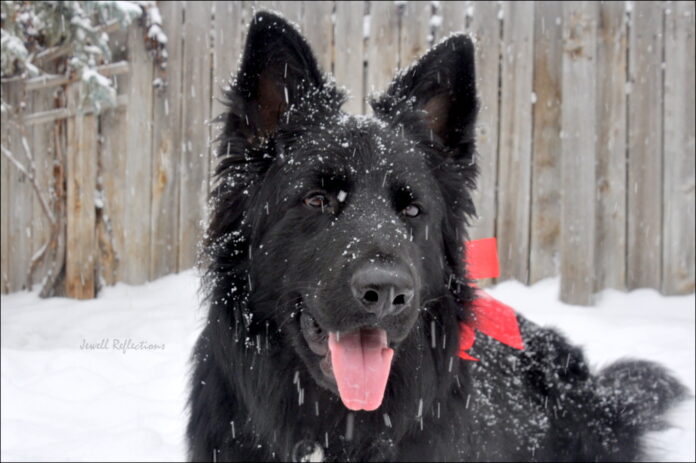

It’s that time of year to fly for the holidays to visit friends, family or that perfect holiday vacation spot. For some of us, the need to see family and friends outweighs the stress of flying—and the need to take the dog can be a huge motivation. Some folks are fearful enough that they have sought the help of their family physician and obtained a letter that they do, indeed, need an emotional support dog, which is almost always the family pet.
Unfortunately, many family physicians (not the online fake prescription from some doctor in a faraway place who has never come eye to eye or even had a conference call with us) are not aware of the effect becoming an ESA [Emotional Support Animal] has on the dog. It is not their job to know that. It is a physician’s job to care for his patient, not the dog.
What bothers me so much about emotional support dogs flying is that no one thinks about the dog. Many owners of ESAs are thinking of themselves and what they need or want (yes, there is a difference).
An ESA is basically a pet that an owner claims they need to help the owner feel calm during a flight. In contrast, a service animal has been trained and evaluated for hundreds of hours to behave and be comfortable in the public environment. They are also trained to perform specific tasks to help mitigate the owner’s disability. This means the owner must have a disability to begin with.
When we take a pet without training into a totally unfamiliar environment we cannot predict that animal’s behavior. What a dog displays at home, which might indeed be calm, happy behavior, may not be the same in an airport with strange noises, masses of people, strange moving objects like luggage on wheels, speakers on the plane, food courts, tight quarters of the seats together like sardines, and people who may be terrified of dogs that may be unbelievably nervous around your dog.
Tests have revealed that there is an increase in cortisol and blood in the saliva of dogs on airplanes compared to being out of an airport. This is a clear indication that the untrained dog is indeed stressed during the air flight experience.
If we are stressed ourselves, we can find it hard to even see the signs that our dog is stressed, thus making it even harder for the dog to cope. And many times, when the dog senses that its owner is stressed, the dog becomes stressed as well.
Signs of stress in a dog can include panting and yawning, shaking, backing up, hackles raised, diarrhea, pulling on the leash in the opposite direction, a tucked tail, or jumping on people or the owner. Less obvious signs of stress include a tight jaw with no panting, dandruff, not wanting to walk forward, a “wide” eye, darting eyes, sniffing the ground, or a stiff back. More obvious signs of stress can include growling, lip curls and total body stiffness. A wagging tail does not necessarily mean the dog is happy; it can mean “engagement” not necessarily friendly. The friendliest dog at home can become aggressive under this kind of pressure.
My suggestion before taking your dog as an ESA is to try doing the AKC Canine Good Citizen test. This will give you an idea if your dog can do basic obedience in a busy but structured atmosphere. It is a good way for you to have confidence in your dog and for your dog to have confidence in you. Take the time to see all sides of this decision to take your dog before you go.
Please have safe, comfortable and happy holidays!
Fran Jewell is an Idaho Press Club award-winning columnist, IAABC-certified dog behavior consultant, NADOI-certified instructor #1096 and the owner of Positive Puppy Dog Training, LLC, in Sun Valley. For more information, visit positivepuppy.com or call (208) 578-1565.


